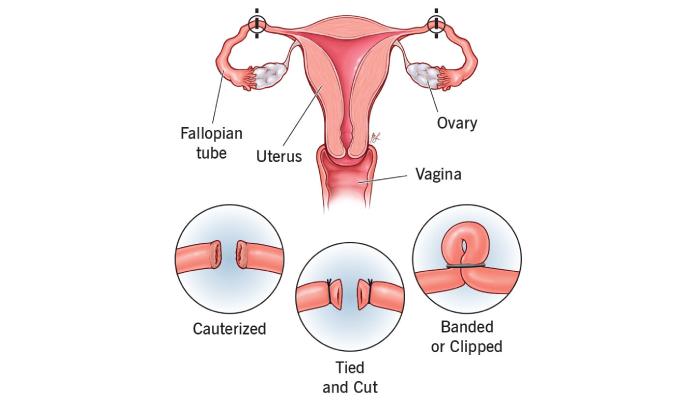What is Tubal Recanalization?
Tubal Recanalization offers hope for women with tubal factor infertility by reopening blocked tubes and enabling natural conception. It is a safe, effective, and minimally invasive procedure performed by skilled interventional radiologists or fertility specialists. If you are facing infertility issues due to suspected tubal blockage, consult your gynecologist or fertility expert to check your suitability for tubal recanalization and enhance your chances of conception.

Tubal Recanalization is a minimally invasive procedure to open blocked fallopian tubes in women who are experiencing infertility due to tubal blockage. It is often done through a hysteroscopic or fluoroscopic approach, where special catheters and guide wires are used to remove the blockage and restore the normal patency of the fallopian tubes, allowing the egg to travel from the ovary to the uterus for natural conception.
Symptoms Indicating the Need for Tubal Recanalization
Most women with blocked fallopian tubes do not have specific symptoms. However, indications for tubal recanalization include:
- Infertility or difficulty conceiving
- History of pelvic inflammatory disease (PID)
- Previous ectopic pregnancy
- Tubal sterilization reversal
- History of endometriosis or pelvic surgeries
Procedure or Treatment
Tubal Recanalization Procedure Involves:
- Preparation: Performed after menstruation and before ovulation to avoid disturbing an early pregnancy. Sedation or local anaesthesia may be used.
- Catheterization: A thin catheter is passed through the cervix into the uterus under fluoroscopic guidance.
- Guide Wire Insertion: A micro-guide wire is advanced through the catheter into the fallopian tube to clear the blockage.
- Recanalization: Once the blockage is cleared, contrast dye is injected to ensure the tube is open.
- Post-Procedure Care: Patients can usually go home the same day and resume normal activities shortly after.
Prevention
While some causes like congenital tubal anomalies cannot be prevented, measures to reduce the risk of tubal blockage include:
- Practicing safe sex to prevent sexually transmitted infections (STIs)
- Early treatment of pelvic infections
- Avoiding unnecessary pelvic surgeries
- Maintaining reproductive health with regular gynecological checkups
Benefits of Tubal Recanalization
- Minimally invasive with no incisions
- Day care procedure with quick recovery
- Higher success rates in selected cases
- Cost-effective compared to IVF
- Restores natural fertility, avoiding assisted reproduction in some women
Types of Tubal Recanalization
Selective Salpingography and Recanalization: Uses fluoroscopy to visualize and open proximal tubal blockages (near the uterus).
Hysteroscopic Tubal Cannulation: Uses a hysteroscope to directly visualize and cannulate the blocked tube.
Laparoscopic Tubal Recanalization: In some cases, laparoscopy is used if the blockage is distal or requires surgical correction.
